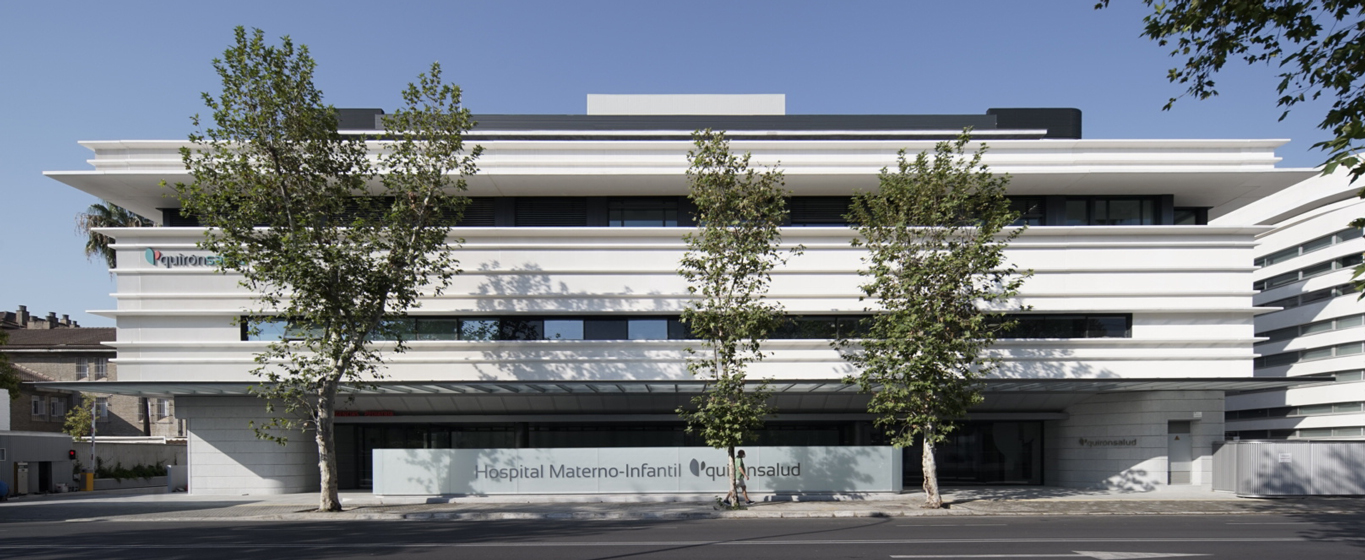Varicocele
Can varicocele go away on its own? Everything you need to know about the causes, symptoms, and treatments for this condition.
Symptoms and Causes
Varicocele occurs when the veins in the scrotum dilate and blood accumulates. It is more common in the left testicle since the blood vessels drain into the renal vein, which has less capacity than the inferior vena cava, where the right-side blood drains. In a small percentage of cases, it can be bilateral.
Depending on its severity, varicocele is classified into different grades:
- Grade 1 varicocele: It is barely noticeable and only appears during certain medical procedures (Valsalva maneuvers) or physical exertion.
- Grade 2 varicocele: The varicose veins can be felt without the need for exertion while standing.
- Grade 3 varicocele: It is clearly visible without any effort or palpation, even when lying down.
It is rare for varicocele to appear before the age of 10. It is most common during adolescence and usually resolves on its own. However, in some cases, treatment is necessary to reduce potential future complications.
Symptoms
In its early stages, varicocele often does not show any signs, so it is usually detected when it has already progressed. The most common symptoms of varicocele include:
- Testicular pain, especially after standing for long periods.
- Scrotal lump or mass, with the varicocele feeling like a mass resembling a "bag of worms." It is usually painless and disappears when lying down.
- Differences in testicular size, with a reduction in the size of the testicle affected by varicocele.
Causes
The exact cause of varicocele is currently unknown. However, specialists have identified that improper functioning of the valves in the pampiniform plexus (the venous system of the scrotum) plays a role.
Risk Factors
The main risk factor for varicocele is age, as it is most common between 15 and 25 years old.
Complications
Varicocele typically does not cause complications, although it can affect hormone production or fertility.
Prevention
Varicocele cannot be prevented. It is recommended to regularly palpate the testicles for any swollen areas to enable early diagnosis.
Which doctor treats varicocele?
Varicocele is treated by a urologist, and in patients under 14 years old, by a pediatrician.
Diagnosis
Varicocele diagnosis is performed through a physical examination. In some cases, it is visible at first glance, while in others—particularly in early stages—palpation is necessary. This examination allows doctors to determine the grade of varicocele and assess any reduction in testicular size.
To confirm the diagnosis and evaluate the general condition of the scrotum, a testicular Doppler ultrasound is typically performed.
Additionally, in some cases, a semen analysis (spermiogram) is recommended to assess sperm quality. This is generally done in infertile adults or adolescents with future fertility concerns.
Treatment
In most cases, varicocele does not require treatment. Once detected, regular follow-ups are recommended to monitor its progression.
Specialists recommend surgery when both testicles are affected, fertility is compromised, one testicle is smaller than the other (testicular hypotrophy), or the condition causes pain. In these cases, a varicocelectomy is performed to redirect blood flow correctly, or varicocele embolization is carried out using interventional radiology procedures.


































































































